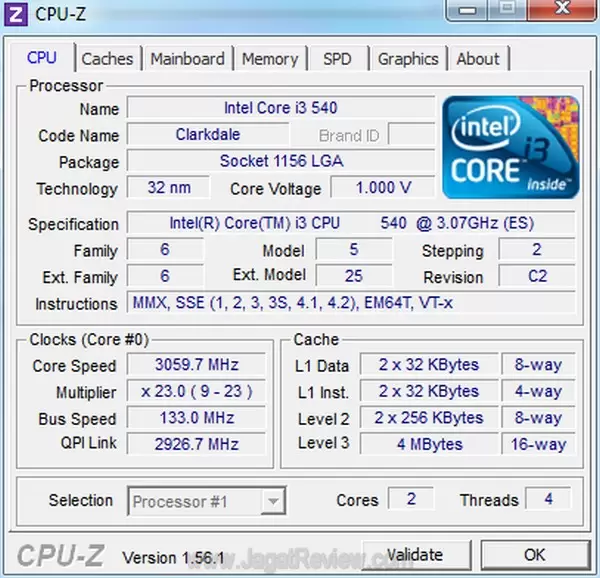
- #INTEL QUICKSYNC AND BLENDER PATCH#
- #INTEL QUICKSYNC AND BLENDER PRO#
- #INTEL QUICKSYNC AND BLENDER DOWNLOAD#
- #INTEL QUICKSYNC AND BLENDER FREE#
We ran this benchmark test on all available threads for each processor. It repeats this for all numbers from 1 to the requested maximum.

It then confirms that n(k)2=k to ensure the calculation was correct. It then uses an iterative calling of the estimation method a set amount of times to increase the accuracy of the results. WPrime is a multithreaded benchmark for x86 processors that tests your processor performance by calculating square roots with a recursive call of Newton’s method for estimating functions, with f(x)=x2-k, where k is the number we’re sqrting, until Sgn(f(x)/f'(x)) does not equal that of the previous iteration, starting with an estimation of k/2. We take the total time it takes to complete four steps: Align Photos, Build Dense Cloud, Build Mesh, Build Texture with all the default settings for each.
#INTEL QUICKSYNC AND BLENDER DOWNLOAD#
We us the 50 images from the ‘ Building‘ sample data download page for our benchmark.
#INTEL QUICKSYNC AND BLENDER PRO#
This scene has nearly 42,000 triangles and does a good job at using all available cores to render the scene.Īgisoft Metashape Pro 1.5.3 Pro 圆4 – 2D to 3D Image Manipulation Benchmark: linkĪgisoft Metashape (formerly PhotoScan) is a stand-alone software product that performs photogrammetric processing of 2D digital images and generates 3D spatial data to be used in GIS applications, cultural heritage documentation, and visual effects production as well as for indirect measurements of objects of various scales. This benchmark tests a 800×554 pixel image with a continuous sample rate and shows the Frames Per Second (FPS) that the scene is being rendered from. We installed KeyShot 8.2 to do some benchmarking and real-world stress testing using the camera_benchmark.bip scene that is included with the application. KeyShot 3D rendering and animation software is one of the fastest, easiest way to create amazing, photographic visuals of your 3D data. KeyShot 8.2 – 3D Rendering and Animation: link We use the BMW CPU Benchmark (CCO, 3MB) created by Mike Pan for our testing. It supports the entirety of the 3D pipelinemodeling, rigging, animation, simulation, rendering, compositing and motion tracking, even video editing and game creation.
#INTEL QUICKSYNC AND BLENDER FREE#
But, thanks to early Linux development work on Meteor Lake, we see exciting hardware changes on future CPU architectures before launch.Blender, Keyshot, Metashape, wPrime Blender 2.79b Open Source 3D Creation Benchmark: linkīlender is the free and open source 3D creation suite. Unfortunately, we won’t see these new changes for a while since Meteor Lake is still at least a year or two away from release, with Intel busy preparing its upcoming 13th Gen Raptor Lake lineup.

As a result, we should expect more advanced features such as AV1 encoding to make their way to consumer-based Meteor Lake chips. These changes include further architectural modifications to the graphics unit and transitioning to Intel’s Arc Alchemist GPU architecture.
#INTEL QUICKSYNC AND BLENDER PATCH#
Phoronix saw this change based on new Linux enablement work for Meteor Lake, which includes patch notes detailing the SMU changes.

power (for example, Blender or a proper GPU render engine like Redshift). In addition, Intel server CPUs and potential HEDT chips could also benefit from this change since Intel disables the integrated graphics chip from these CPU lineups altogether. Desktop CPU integrated graphics didnt debut until Intels Westmere iGPU chip. As a result, F-series Meteor Lake processors should theoretically gain access to all of Intel’s media features – including QuickSync, even with the iGP disabled at a silicon level. The situation gets even better if older discrete GPUs are installed that lack modern hardware acceleration codecs, such as AV1 or H265 encoding.Īnother perk of this transition is related to Intel’s F-series processors, which lack integrated graphics altogether. In a real-world scenario, once Meteor Lake launches, users building gaming PCs or content creation machines on the future platform will have access to all of Intel’s high-quality video decoding engines and Intel QuickSync technology, even if integrated GPU is disabled in favor of a discrete graphics card, which frees up memory resources and power resources - moving them towards the CPU entirely. It is a significant change by Intel, which will allow media functionality to be used at all times, even if the integrated graphics chip is disabled. In a surprising twist, Intel’s future 14th Generation Meteor Lake CPU architecture will reportedly split video playback and encode functionality from the integrated graphics into a new area known as an SMU or Standalone Media Unit on the CPU, as reported by Phoronix.


 0 kommentar(er)
0 kommentar(er)
